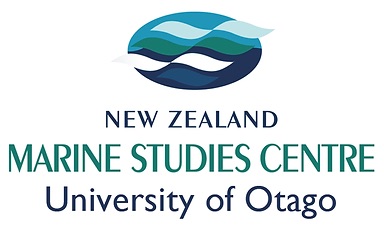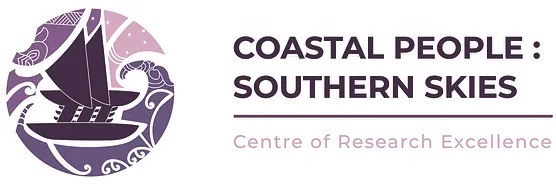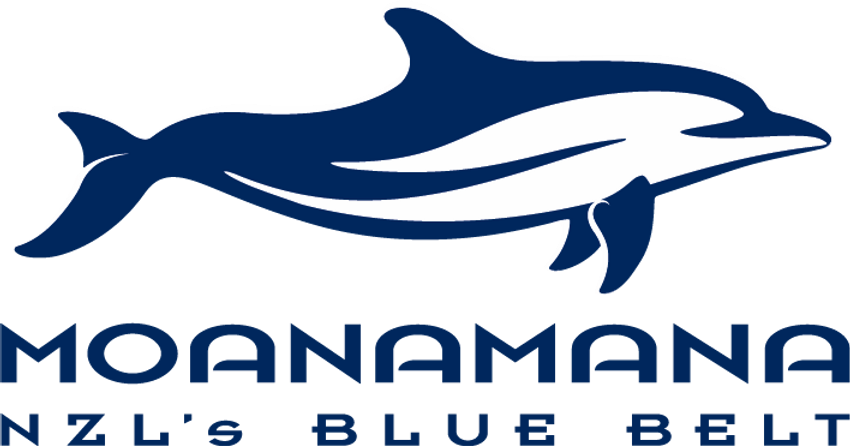


TE WERO
OUR CHALLENGE
Climate change, overfishing, pollution and a range of other human factors are impacting negatively on global marine ecosystems. Our oceans are at a tipping point and the time to act is now.
Your mission is to work with your community as citizen scientists to monitor changes that are taking place in your local marine environment, and use this knowledge to create a NZL Blue Belt site that helps restore mana to Moana at your place.
SETTING THE SCENE
Aotearoa New Zealand has a massive coastline and is responsible for one of the largest areas of ocean in the world. We are coastal people with a deep affinity with the sea and the life that is in it.
Our water sports people have a special connection to the ocean and teams like the NZL Sail GP team are leading the charge in promoting and encouraging ocean restoration.
Listen carefully to Peter Burling and Erica Dawson as they set the scene for you to embark on helping to build New Zealand's Blue Belt.
BUILDING NZL'S BLUE BELT
“The ocean is the life support system of the planet… but it’s at a tipping point and as New Zealanders, we need to step up and act” says Peter Burling New Zealand SailGP team driver and co-founder of the Live Ocean Foundation
As part of Moanamana ākonga research the impact of pollution, climate change and overfishing on marine ecosystems and take a lead role as citizen scientists, helping to establish NZL Blue Belt sites in their local community. In time, the network of NZL Blue Belt sites will become the marine environment equivalent of Predator Free New Zealand, helping to restore the mana of Moana by providing stepping stones to marine reserves around our coastline.
CLASSROOM – PRIOR TO CLUB VISIT
Once you have set the Challenge, Set the Scene and introduced students to Building NZL’s Blue belt, complete the activities below before you visit the club or moana to start your citizen science work.

Students Prior Knowledge
What do you (& community) already know about your local marine environment?
CLUB VISIT – NZL BLUE BELT TOOLS
Now that your pre-visit tasks have been done you can collect the information you require by using the NZL Blue Belt tools. Here are five citizen science activities that are a part of your sailing club experience that will start your students on their journey to becoming a citizen scientist.

Marine Metre Squared – intertidal communities
Monitoring what is living on the seashore, between the high and low tide zone

Environmental Conditions
Monitoring temperature, salinity, clarity and other environmental factors

Plankton Communities
Monitoring plankton diversity

Underwater Video - Subtidal Communities
Monitoring what is living under the water in the subtidal zone

Settlement Plates - Benthic Communities
Monitoring new growth on sediment plates located at your club
CLASSROOM – DATA PROCESSING
Collecting information is important. However, just as important is what we do with the information. Here we look at what we do next with the data we have collected.
MOANA ACTIVITY LIBRARY
Now you have your data, let’s dig deeper and grow your knowledge and understanding of your local marine environment!


Yachting New Zealand
PO Box 33 1487, Takapuna, Auckland 0740









 Admin Login
Admin Login